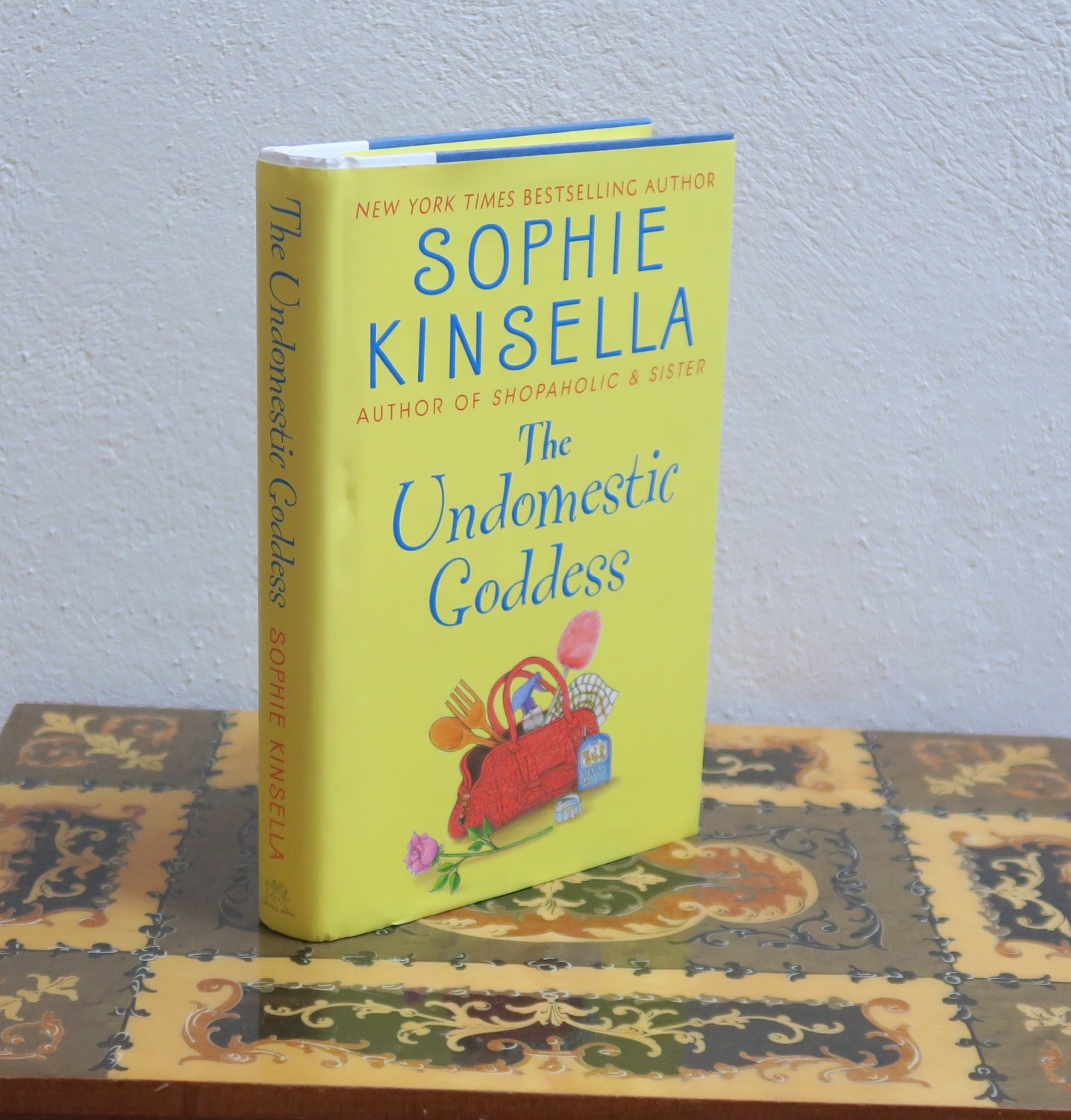
Jane’s journey of self-knowledge and experience leads her to understand that she must reject both extremes: to be Rochester’s mistress is to privilege the physical at the expense of the spiritual (because their union is unlawful in the eyes of God), but to marry St John when he does not love her nor she him would be a betrayal of the physical and romantic love that Jane realises is equally important.īut in terms of its central romantic plot between the plain, poor orphan girl and the rich, noble male protagonist, Jane Eyre owes something to the fairy tales of Cinderella, Snow White, Beauty and the Beast, and, in a more sinister turn, Bluebeard, with his castle concealing his (dead) wives.

St John Rivers, by contrast, has a name derived (in rather heavy-handed fashion, it must be said) from the Christian Evangelist, so we can never forget what he represents. Lord Rochester was a kind of Byronic hero before Byron himself even existed, with his work dominated by the physical and sensuous side of love and relationships. As Gilbert Phelps observes in his analysis of Jane Eyre in Introduction to Fifty British Novels, 1600-1900 (Reader’s Guides), the fire at Thornfield is symbolic, mirroring Jane’s own act of purgation as she rejects relationships founded on both the body and the soul at the expense of the other, until she and Rochester are ready to be together.Ĭuriously, the namesake of Edward Rochester, the Earl of Rochester, was one of the most erotic poets in English literature (we have gathered some of his most famous poems together here).


 0 kommentar(er)
0 kommentar(er)
